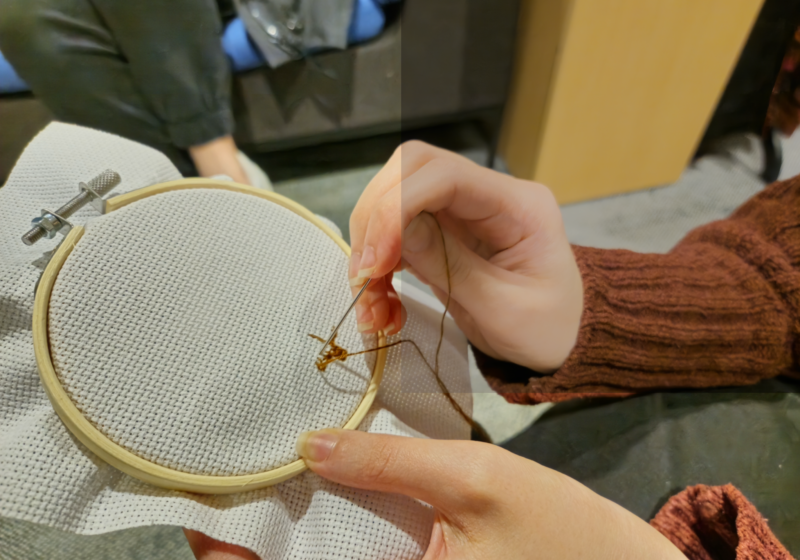Dr. Michael O’Banion, a researcher at URMC, was recently awarded a $1.8 million grant to study the effect deep space travel on the development of neuro-degenerative diseases in astronauts.
Using high-energy beams of heavy ions, researchers will mimic space radiation to study the accumulation of toxic proteins in the brain, which can cause neuro-aggressive diseases, such as Alzheimer’s, to develop.
This study is one of nine funded by NASA that looks to shed more light on the effect that deep space travel has on the development of central nervous system and cardiovascular diseases. The goal is also to build better models and to advance knowledge of biological damage from radiation exposure.
As NASA looks to expand by sending manned missions to Mars and other celestial bodies, they are finding it more vital to research how astronauts will be affected during long journeys into space. They would like to set safe limits for astronauts or find ways to mitigate these effects.
The group of proposals selected by NASA consists of projects from five other institutions located in four other states, and all were awarded a combined total of $13.9 million.
According to O’Banion, mice will be exposed “to different forms of ionized particles at the NSRL […] and then shipped back to Rochester for analysis, as well as histological and molecular examination of their brains.”
In order to produce an accurate model of the exposure of radiation in astronauts, mice will be exposed to radiation when they are eight months old, and analysis will take place anywhere from one month to one year after exposure.
“Based on preliminary data, we are exploring several possible mechanisms centered around clearance of amyloid beta, a major pathological driver in AD, from the brain,” O’Banlon stated.
O’Banion predicts that logistics and costs will pose the biggest obstacles. “The actual doses of radiation used are modest—the maximum dose is essentially what one might receive on a mission to Mars—meaning that changes may be hard to detect,” he said. “Although you might think that not detecting changes is a good outcome for NASA, effective modeling of risks means that we need to see something or at least have positive controls that let us know our measures are working.”
This is the latest of four grants that O’Banion’s laboratory has received from NASA.
According to O’Banion, his team will be changing. He said, “This new work includes two new URMC investigators: Rashid Deane, who is an expert in amyloid beta clearance and Ania Majewska, who will be helping us explore the effects of radiation on microglial clearance of amyloid.”
This study will build upon previous work done by O’Banion and his colleagues, who, in 2012, demonstrated that one form of space radiation, called high-mass, high-charged particles, caused biological and cognitive changes in mice. This indicated an accelerated risk for the development of Alzheimer’s disease.
O’Banion said the current study will “[explore] potential mechanisms that [they] believe contribute to the effects [they] saw in the 2012 published study.”



